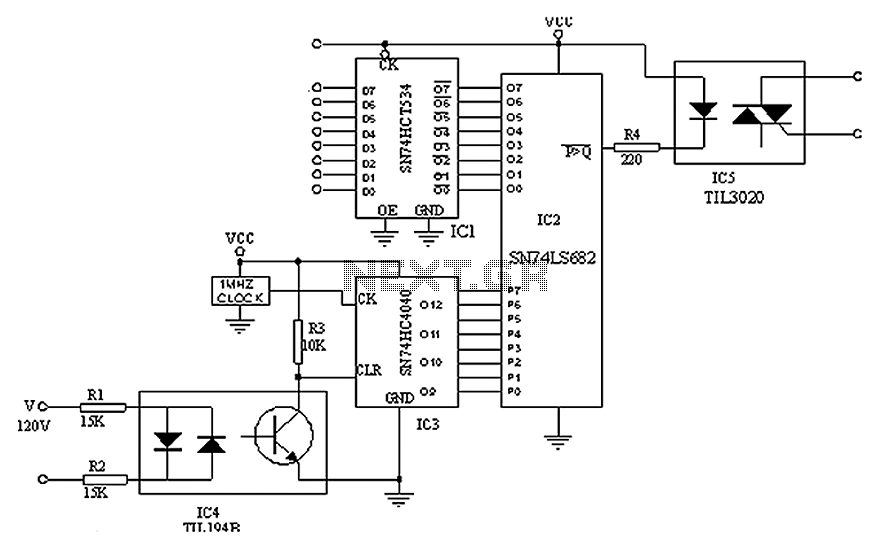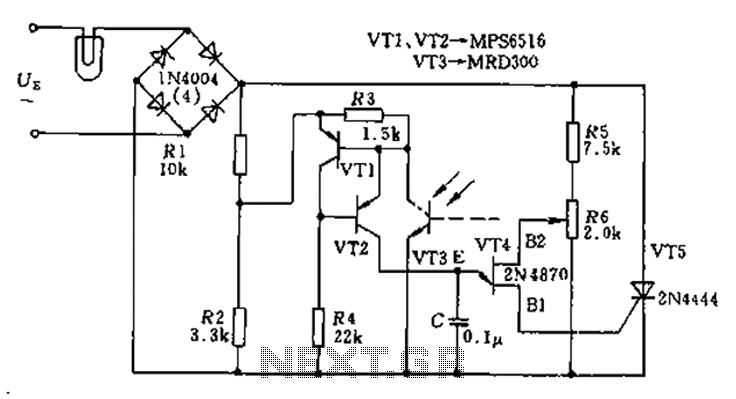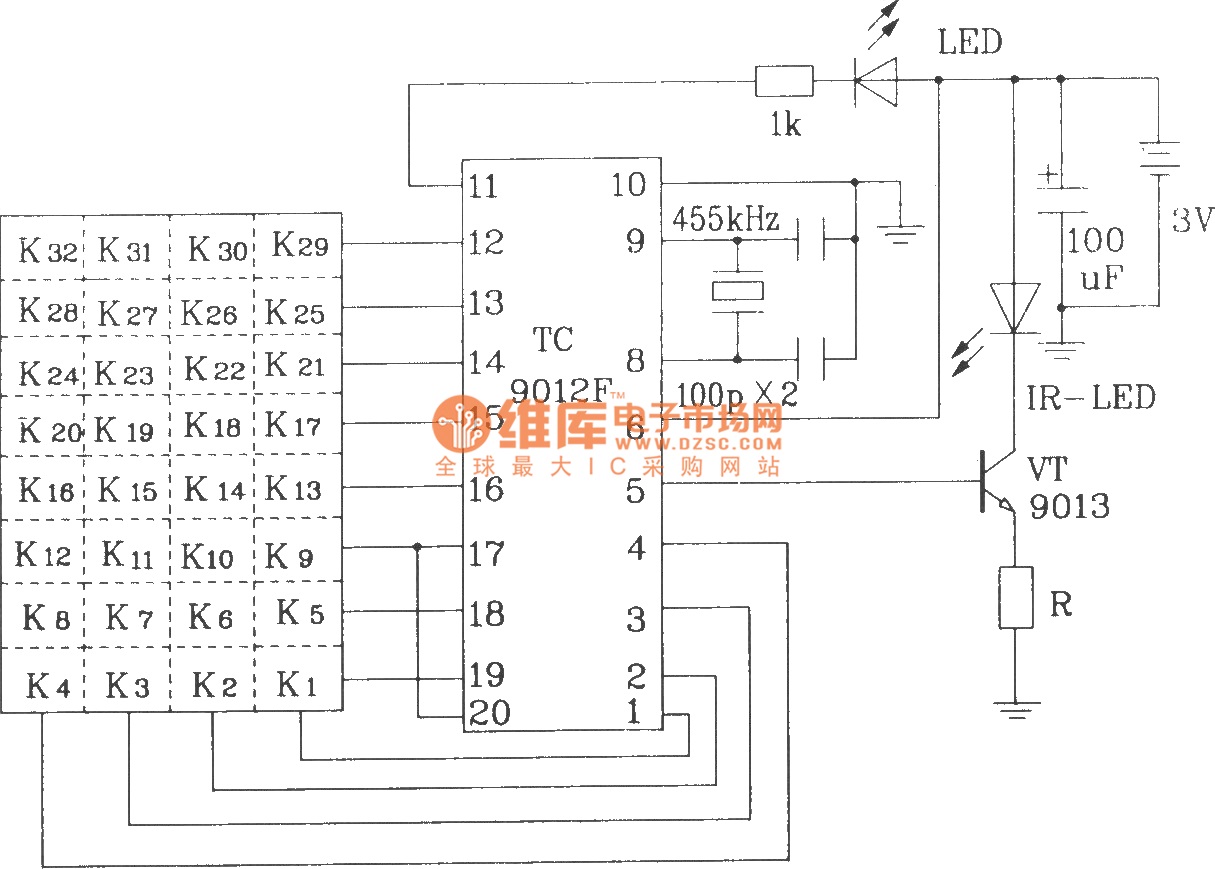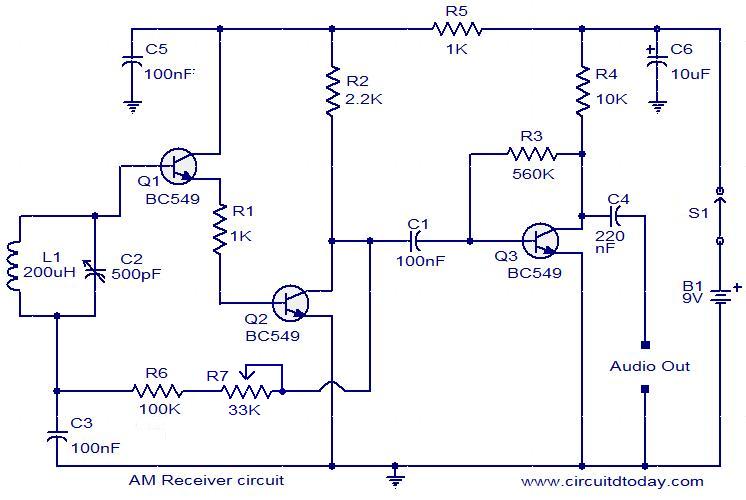
Electric Furnace Schematic Wiring Diagram
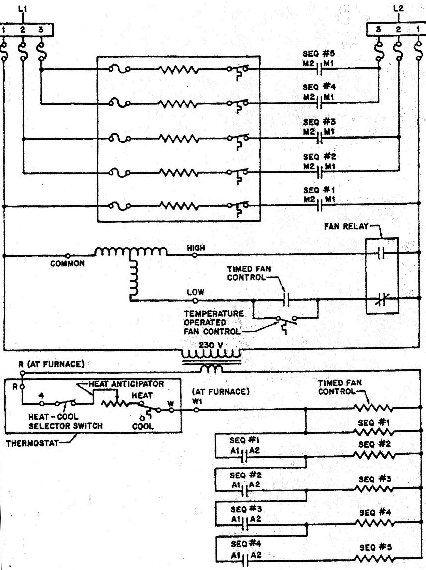
This diagram allows for easy identification of test points related to Applied Voltage and Potential Voltage. For instance, by isolating one of the heating elements, an N.O. (Normally Open) switch can be observed wired in series with it. The identifiers for this switch are M1 and M2, where M indicates the Main set of contacts on sequencer SEQ #1. In a scenario where a technician needs to verify the circuit's functionality, a simple test for Applied Voltage serves as a good starting point. By using a voltmeter to check the wiring connections for the heating element, one can determine if the required 240 volts is being applied, which is crucial for evaluating the circuit, especially if there are complaints regarding inadequate heating. Depending on the test results, it can be deduced whether the heating element or the series switches may be faulty. For troubleshooting purposes, if the voltmeter indicates 0 volts instead of the expected 240 volts, it suggests that the heating element is functioning correctly, assuming it has the proper resistance when checked with an ohmmeter. However, the focus here is on performing a live test with a voltmeter to identify potential circuit issues. If the initial test reveals no Applied Voltage, the next step would involve examining the switches in series with the element to assess their functionality, which introduces the concept of checking for Potential Voltage. To the left of the element, there is a fuse. Testing at the terminals of this fuse constitutes a check for Potential Voltage due to a fundamental rule regarding switches (which a fuse essentially is, as it only opens once). This rule states that Voltage can be measured across an open switch. Tracing from the left terminal of the fuse leads back to the L1 side of the line, while tracing from the right terminal connects to the L2 side, confirming that the element, limit switch, and the fuse at #1 on the L2 terminal block must meet the previously mentioned conditions. If any of these conditions were not met, obtaining a Potential Voltage reading at the test points would not be possible.
The circuit diagram in question illustrates a heating element controlled by a series of switches, including a Normally Open (N.O.) switch. The main identifiers for these switches, M1 and M2, indicate their role in the sequencer system. The circuit's operation hinges on the proper application of 240 volts to the heating element, which can be verified through direct voltage testing at the element's wiring connections. This procedure is essential for diagnosing heating issues reported by users.
In troubleshooting, if the voltmeter indicates no voltage (0 volts), it is critical to confirm the integrity of the heating element itself. This can be achieved by measuring its resistance with an ohmmeter, ensuring that the element is functional. If the element's resistance is within acceptable limits, attention should turn to the series switches for potential faults.
The process of checking for Potential Voltage involves examining the fuse connected to the circuit. Since the fuse acts as a switch that opens under fault conditions, measuring voltage across its terminals will provide insight into the circuit's operational status. The left terminal connects back to the L1 side of the line, while the right terminal connects to the L2 side, confirming that the entire circuit path, including the heating element and switches, must be intact to obtain a valid Potential Voltage reading.
This methodical approach to testing and troubleshooting ensures that all components in the circuit are evaluated, thereby facilitating the identification of the root cause of any operational issues. By systematically checking both Applied Voltage and Potential Voltage, technicians can effectively diagnose and resolve heating problems in the system.On this diagram, you can easilily locate test points related to Applied Voltage and Potential Voltage. For example, isolating one of the heating elements, we can see that there is an N. O. (Normally Open) switch shown wired in series with it, and the identifiers on this particular switch are M1 and M2 (M, meaning Main set of contacts on a sequencer SEQ #1 in this case .
), and in a sitution in which a technician would want to find out if this circuit is working like it should, a smple test for Applied Voltage would be a good place to start. Checking with a voltmeter directly at the wiring connections for the heating element to find out if the required 240-volts was being applied or not would allow us to begin to evaluate this particular circuit in the event we were troubleshooting a situation in which the customer was complaining that the unit wasn`t heating properly.
And, depending on the results of that test, we would be able to find out if the element itself, or the switches wired in series with it, could be a source of a problem. For the sake of creating a troubleshooting scenario, let`s say that the answer to the question, Is there voltage applied to the element is no.
The reading we get with the meter is 0-volts, not the 240-volts that would allow the element to provide heat as long as it OK, meaning that it would have the proper resistance if we checked it with an ohmmeter. But . I digress. We`re not talking about using an ohmmeter to check resistance, we`re talking about doing a hot test with a voltmeter to determine which component in the circuit could be a source of the problem, so, back to the idea of Applied Voltage and Potential Voltage .
Once our first test showed no Applied Voltage, our next step would be to check the switches wired in series with the element ot see if they were doing what they were supposed to do, which introduces the idea of checking for Potential Voltage. Moving to the left of the element, there is a fuse. Checking directly at the terminals of this fuse would be implmenting a check for Potential Voltage because of a simple rule regarding a switch (which, is technically what a fuse is .
just a switch that only opens once). And that rule is, Voltage can be read across an open switch . If you trace from the left terminal connection of the fuse, you`ll go all the way back to the L1 side of the line. If you trace from the right terminal connection of the fuse, you go all the way back to the L2 side of the line, proving along the way that the element, the limit switch, and the fuse at #1 on the L2 terminal blockmust be in the condition I mentioned above, because if any of those conditions didn`t exist, we wouldn`t be able to get the Potential Voltage reading at our test points.
🔗 External reference
The circuit diagram in question illustrates a heating element controlled by a series of switches, including a Normally Open (N.O.) switch. The main identifiers for these switches, M1 and M2, indicate their role in the sequencer system. The circuit's operation hinges on the proper application of 240 volts to the heating element, which can be verified through direct voltage testing at the element's wiring connections. This procedure is essential for diagnosing heating issues reported by users.
In troubleshooting, if the voltmeter indicates no voltage (0 volts), it is critical to confirm the integrity of the heating element itself. This can be achieved by measuring its resistance with an ohmmeter, ensuring that the element is functional. If the element's resistance is within acceptable limits, attention should turn to the series switches for potential faults.
The process of checking for Potential Voltage involves examining the fuse connected to the circuit. Since the fuse acts as a switch that opens under fault conditions, measuring voltage across its terminals will provide insight into the circuit's operational status. The left terminal connects back to the L1 side of the line, while the right terminal connects to the L2 side, confirming that the entire circuit path, including the heating element and switches, must be intact to obtain a valid Potential Voltage reading.
This methodical approach to testing and troubleshooting ensures that all components in the circuit are evaluated, thereby facilitating the identification of the root cause of any operational issues. By systematically checking both Applied Voltage and Potential Voltage, technicians can effectively diagnose and resolve heating problems in the system.On this diagram, you can easilily locate test points related to Applied Voltage and Potential Voltage. For example, isolating one of the heating elements, we can see that there is an N. O. (Normally Open) switch shown wired in series with it, and the identifiers on this particular switch are M1 and M2 (M, meaning Main set of contacts on a sequencer SEQ #1 in this case .
), and in a sitution in which a technician would want to find out if this circuit is working like it should, a smple test for Applied Voltage would be a good place to start. Checking with a voltmeter directly at the wiring connections for the heating element to find out if the required 240-volts was being applied or not would allow us to begin to evaluate this particular circuit in the event we were troubleshooting a situation in which the customer was complaining that the unit wasn`t heating properly.
And, depending on the results of that test, we would be able to find out if the element itself, or the switches wired in series with it, could be a source of a problem. For the sake of creating a troubleshooting scenario, let`s say that the answer to the question, Is there voltage applied to the element is no.
The reading we get with the meter is 0-volts, not the 240-volts that would allow the element to provide heat as long as it OK, meaning that it would have the proper resistance if we checked it with an ohmmeter. But . I digress. We`re not talking about using an ohmmeter to check resistance, we`re talking about doing a hot test with a voltmeter to determine which component in the circuit could be a source of the problem, so, back to the idea of Applied Voltage and Potential Voltage .
Once our first test showed no Applied Voltage, our next step would be to check the switches wired in series with the element ot see if they were doing what they were supposed to do, which introduces the idea of checking for Potential Voltage. Moving to the left of the element, there is a fuse. Checking directly at the terminals of this fuse would be implmenting a check for Potential Voltage because of a simple rule regarding a switch (which, is technically what a fuse is .
just a switch that only opens once). And that rule is, Voltage can be read across an open switch . If you trace from the left terminal connection of the fuse, you`ll go all the way back to the L1 side of the line. If you trace from the right terminal connection of the fuse, you go all the way back to the L2 side of the line, proving along the way that the element, the limit switch, and the fuse at #1 on the L2 terminal blockmust be in the condition I mentioned above, because if any of those conditions didn`t exist, we wouldn`t be able to get the Potential Voltage reading at our test points.
🔗 External reference
Warning: include(partials/cookie-banner.php): Failed to open stream: Permission denied in /var/www/html/nextgr/view-circuit.php on line 713
Warning: include(): Failed opening 'partials/cookie-banner.php' for inclusion (include_path='.:/usr/share/php') in /var/www/html/nextgr/view-circuit.php on line 713
